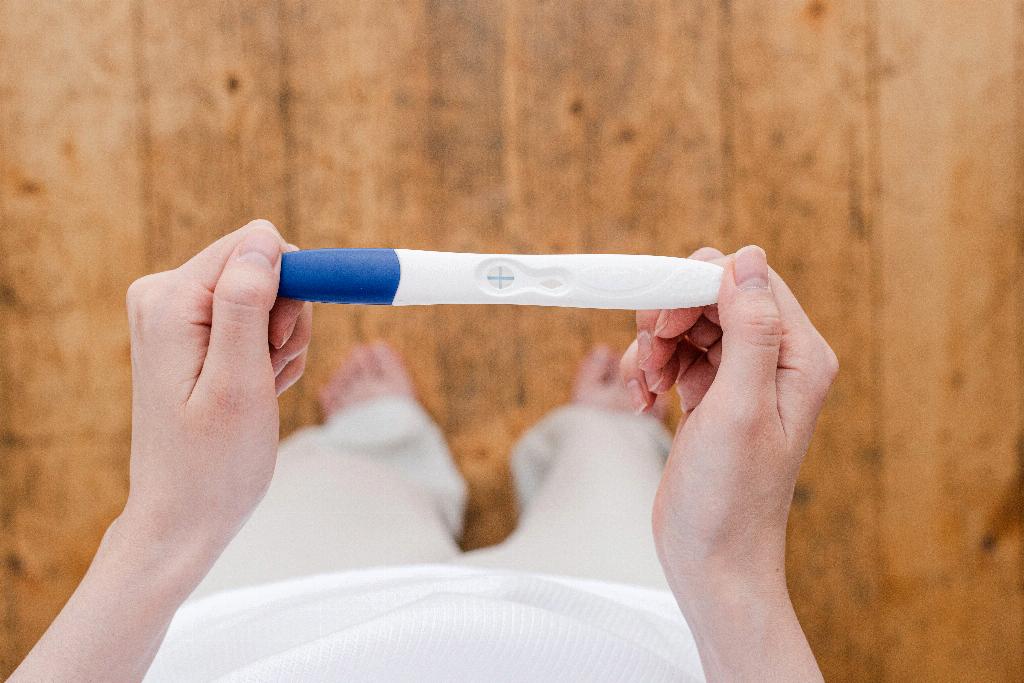When it comes to transverse lie, which is when the baby lies sideways in the uterus rather than in a head-down or head-up position, the question of whether they usually turn can be quite complex. Around the 34th week of pregnancy, the likelihood of a transverse baby spontaneously turning to the optimal head down position becomes very low. However, there are interventions and techniques that can sometimes help facilitate the turning of a transverse baby.
One of the reasons why transverse babies may not usually turn on their own past 34 weeks is due to the limited space within the uterus. As the baby grows, there is less room for them to maneuver and change positions freely. Additionally, factors such as the shape of the uterus, the position of the placenta, and the baby’s own movements can all influence their ability to turn.
While it may not be common for transverse babies to turn on their own, there are methods that healthcare providers can suggest to try and encourage the baby to move into a head-down position. This can include techniques such as certain exercises, positions, and even external cephalic version (ECV), a procedure in which the healthcare provider manually tries to turn the baby from outside the abdomen.
It’s important to note that the success of these turning methods can vary from case to case. Factors such as the baby’s size, the amount of amniotic fluid, and the mother’s own anatomy can all play a role in how effective these techniques are. Additionally, the experience and expertise of the healthcare provider performing the procedure can also impact its success rate.
For some women, particularly those with certain medical conditions or complications, the option of a planned cesarean section may be recommended if the baby remains in a transverse position close to the due date. In these cases, the safest course of action for both the mother and the baby is usually deemed to be a cesarean delivery.
It’s important for pregnant individuals to discuss their options and concerns with their healthcare provider if their baby is in a transverse position. Each situation is unique, and decisions regarding the baby’s position and the method of delivery should be made based on individual circumstances, preferences, and medical considerations.
Ultimately, while it may not be common for transverse babies to usually turn on their own past a certain point in pregnancy, there are methods available to help encourage the baby to move into a more favorable position for delivery. The key is to work closely with a healthcare provider to determine the best course of action for the specific situation at hand.

